In the world of business and manufacturing one concept has stood the test of time and continues to drive excellence: Kaizen. Derived from Japanese words meaning “change” (kai) and “good” (zen), Kaizen represents the philosophy of continuous improvement. It’s more than just a buzzword; it’s a powerful approach that has transformed countless organizations across the globe. In this blog post, we’ll dive into the essence of Kaizen, its principles, and how it can revolutionize your work and personal life.
What is Kaizen?
Kaizen is a mindset and methodology focused on making incremental, continuous improvements to processes, products, or systems. It originated in Japan and became synonymous with the Toyota Production System (TPS), which revolutionized the automotive industry. The core idea behind Kaizen is that small, consistent improvements, when accumulated over time, lead to significant positive changes.
Key Principles of Kaizen
Kaizen is guided by a set of principles that form the foundation of its philosophy. Here are the key principles:
1. Continuous Improvement: Kaizen emphasizes the never-ending process of improvement. It’s not about making a one-time change but rather about continually seeking ways to enhance efficiency, quality, and effectiveness.
2. Employee Involvement: Kaizen encourages every member of an organization, from top-level executives to front-line workers, to actively participate in the improvement process. Employees are considered valuable sources of ideas and insights.
3. Standardization: Standardizing processes helps maintain consistency and enables easier identification of areas for improvement. However, this doesn’t mean rigid adherence but rather a baseline from which to measure change.
4. Incremental Changes: Kaizen focuses on small, manageable improvements rather than radical, disruptive changes. This minimizes risks and resistance to change while ensuring steady progress.
5. Data-Driven Decision Making: Data plays a crucial role in Kaizen. Decisions are based on facts and data analysis rather than gut feelings or assumptions. This leads to more informed choices and targeted improvements.
6. Gemba (Go and See): Kaizen practitioners are encouraged to go to the place where the work is happening (the Gemba) to observe, gather information, and understand the current state of processes. This hands-on approach fosters deeper insights.
How to Implement Kaizen
Implementing Kaizen in your organization or personal life requires a systematic approach:
1. Set Clear Objectives: Define specific, measurable, achievable, relevant, and time-bound (SMART) objectives for your improvement efforts.
2. Identify Areas for Improvement: Conduct a thorough analysis to identify processes or tasks that can benefit from Kaizen. Look for bottlenecks, inefficiencies, and sources of waste.
3. Involve Everyone: Encourage all team members to participate in Kaizen activities. Create a culture where suggestions and ideas for improvement are welcomed and valued.
4. Plan-Do-Check-Act (PDCA) Cycle: This four-step cycle, also known as the Deming Cycle, is at the heart of Kaizen. Plan your improvement, implement the changes, check the results, and take action based on what you’ve learned.
5. Measure Progress: Use key performance indicators (KPIs) and data to track the impact of your improvements. This helps you determine whether the changes are producing the desired results.
6. Standardize Processes: Once you’ve identified effective improvements, standardize them to ensure they become a permanent part of your operations.
7. Repeat: Kaizen is an ongoing process. Continuously identify new areas for improvement and repeat the cycle.
Kaizen Beyond Business
While Kaizen originated in manufacturing and business settings, its principles are equally applicable to personal development and everyday life. Here’s how you can apply Kaizen to your personal growth:
1. Health and Fitness: Make small, sustainable changes to your diet and exercise routine to achieve better health over time.
2. Learning: Commit to daily or weekly learning sessions to acquire new skills or knowledge incrementally.
3. Time Management: Improve your time management skills by making small adjustments to your daily routines and habits.
4. Relationships: Build stronger relationships by making small efforts to connect with loved ones regularly.
5. Finances: Manage your finances better by tracking your expenses and making small adjustments to save and invest regularly.
In conclusion, Kaizen is a powerful philosophy that emphasizes continuous improvement, employee involvement, and data-driven decision-making. Whether applied in business or personal life, it can lead to significant, sustainable improvements over time. So, embrace the Kaizen mindset, and start your journey toward continuous improvement today!

